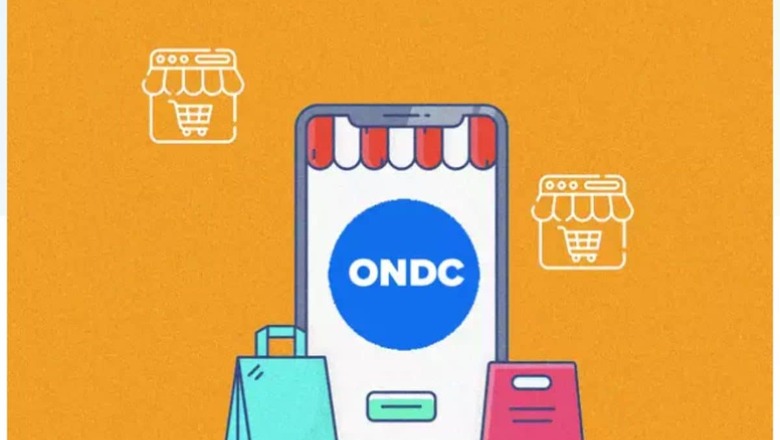
views
On the digital highways of the internet, users rely heavily on ratings to select anything from a hotel for their next vacation, placing a food order via Swiggy or Zomato, leasing a flat through 99 Acres, to even choosing a potential mate on a dating site. These ratings have essentially evolved into the digital proxy for traditional quality standards. However, in the anarchic digital realm, these standards, normally regulated to resist manipulation by marketers, have been subject to exploitation. Platforms and marketers alike use ratings, inflated or manipulated, as convenient lures to entice unsuspecting consumers into spending their money.
In response to this growing menace of sham reviews and manipulated ratings, the government has time and again pursued solutions to mitigate the resultant chaos for consumers. Notwithstanding these efforts, digital platforms have consistently skirted the implementation of regulations to bring transparency and authenticity in ratings. Yet, in the midst of this, a technology-driven regulatory solution is emerging, a potential remedy for this pervasive issue if policymakers leverage it properly.
It is very difficult to rein in digital behaviour through static public policy as whatever is prohibited is either ignored or replaced by a stroke of a few keystrokes of software code. Moreover, prohibition does not work for digital platforms that are built with breaking rules in their DNA. The only way to have transparency in digital platforms is to use technology to create policy solutions. A possible solution to this is emerging from Open Network for Digital Commerce (ONDC), a platform that is trying to make e-commerce interoperable.
Early January 2024, the ONDC announced that it is introducing a blockchain-powered solution Confidex. It leverages blockchain CORD, the open-source framework described as “a tokenless distributed ledger network designed for population scale”, made by a Bengaluru-based software startup Dhiway. The solution can be described simply as a shared notebook that everyone can use, but no one can own or control. This notebook is super secure, and every time someone writes something new in it, everyone else gets a copy of the update–a “distributed ledger network.” Now, imagine this notebook doesn’t need any special coins or tokens to work. It’s free for everyone to use, and it’s “designed for population scale”—millions or even billions of people! ONDC says that its blockchain promises to enhance transparency and accountability across the entire ONDC ecosystem.
ONDC is in its second year and is grappling with scepticism and opposition from the very businesses it seeks to make interoperable – the large digital commerce platforms. Each of those platforms poured billions of dollars of VC and private equity funds money to create an ecosystem of buyers and sellers. They know that interoperability will open up their walled gardens to the entry of new competition. The competitive moat that they have created around their businesses will disappear. This is a problem not just in India, platforms are by nature anti-competition, monopolistic, and built with a winner-takes-all mindset.
Therefore, these platforms have questioned the unfamiliar landscape of open protocols, data security, and the reliability of transactions. While empowering, the platforms feel that ONDC’s unbundled architecture exposes their platforms to perceived fears of price wars, data leaks, and a lack of control over customers and sellers. The very core of their being is at threat but what is also at threat is the unbridled march of these platforms over the Indian consumer and competition. Because of these real or imaginary concerns, echoed by digital platforms, ONDC’s initial journey has been marred by scepticism and slow adoption—it has remained far from achieving the critical mass needed for full interoperability.
The blockchain solution can be the game-changer ONDC desperately needs. Establishing trust without a central authority but at the same time taking Confidex across platforms may be the way to move the interoperability bandwagon forward.
Imagine a platform-wide rating and scoring system for everyone – sellers, buyers, apps, logistics providers, and even delivery agents. ONDC’s blockchain creates this immutable ledger, a single source of truth, fostering transparency and accountability across the entire ecosystem, instead of opaque algorithms and manipulation by marketers and platforms. Marketers will not be able to use the consumer rating for their products without leaving a trail behind. Consumer trust will be ensured as they know that the rating is not manipulated anymore.
Similarly, platforms will also not be able to push the rating and review of their white-label products easily. The real opportunity here is the policy push – will the Ministry of Commerce or the Ministry of Consumers Affairs make Confidex mandatory across digital platforms or limit it to just ONDC?
Limiting Confidex to ONDC will limit its impact and its ability to create a trust and transparency layer in the digital ecosystem. Making it available across all digital platforms so that there is one rating system and one review system instead of hundreds or thousands of them. This is one solution to removing a dark pattern. All it needs is a policy push now.
K Yatish Rajawat and Dev Chandrashekar are public policy researchers and work at the Gurgaon-based think and do tank Centre for Innovation in Public Policy (CIPP). Views expressed in the above piece are personal and solely that of the author. They do not necessarily reflect News18’s views.














Comments
0 comment